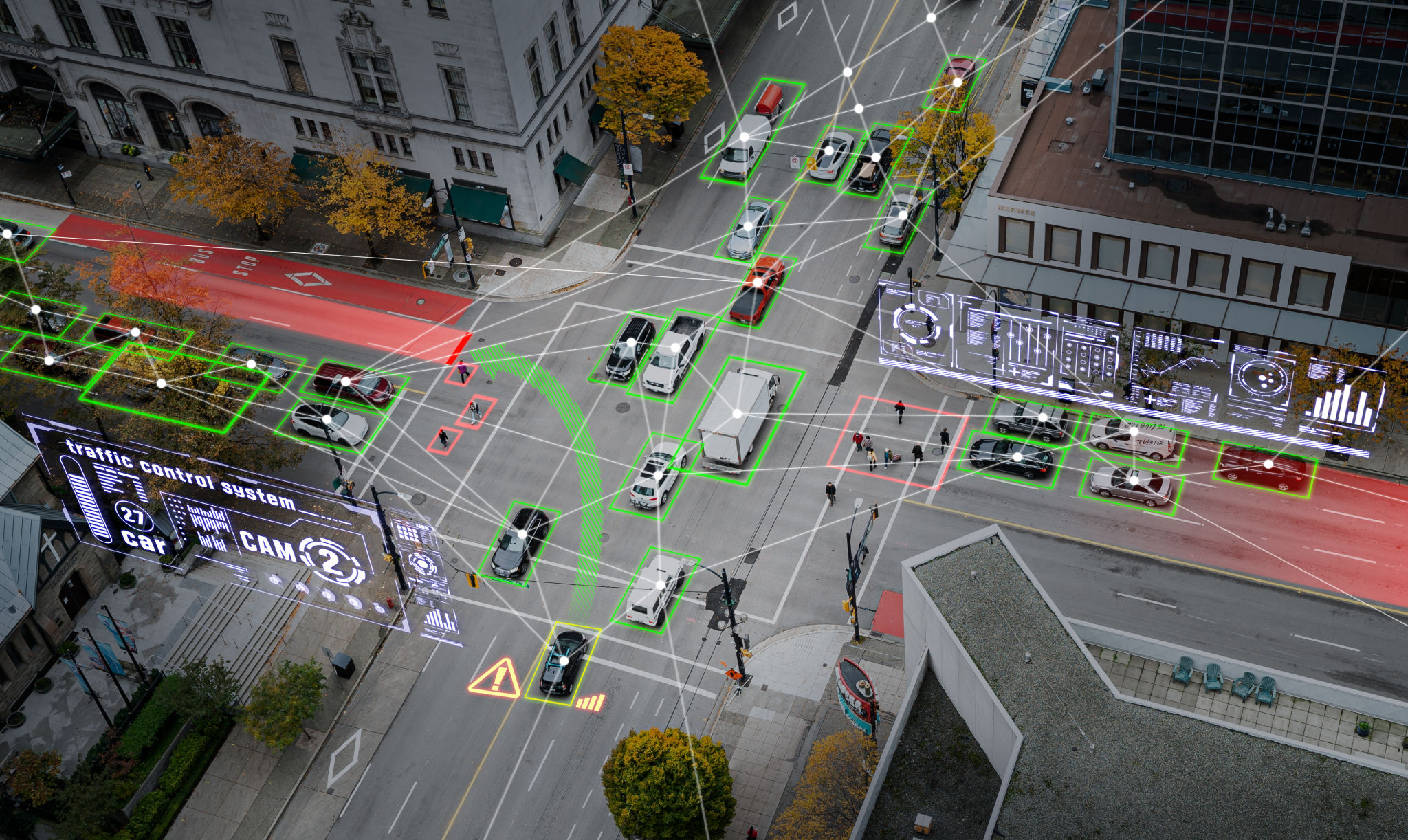Case Study: How AI-Enabled Solutions Enhanced Operations in a Smart City Project
Introduction to AI in Smart Cities
In recent years, the concept of smart cities has emerged as a revolutionary way to enhance urban living through the integration of technology. A pivotal component of these advancements is the implementation of AI-enabled solutions, which have proven to be essential in optimizing city operations. This case study explores how AI technologies have been instrumental in transforming a smart city project, resulting in improved efficiency and quality of life for residents.

The Role of AI in Urban Planning
Urban planning has traditionally been a complex process, involving numerous variables and stakeholders. However, with the advent of AI, cities can now utilize data-driven insights to make more informed decisions. AI algorithms analyze vast amounts of data from various sources, such as traffic patterns, population density, and environmental sensors, to provide predictive analytics. This allows for more accurate forecasting and better resource allocation.
For instance, AI can optimize traffic flow by predicting congestion and suggesting alternative routes in real-time. This not only reduces travel time but also minimizes emissions, contributing to a cleaner environment. Furthermore, AI assists in infrastructure development by identifying areas that require maintenance or upgrades, ensuring that resources are used efficiently.
Enhancing Public Safety with AI
Public safety is a top priority for any city, and AI has significantly enhanced capabilities in this area. By employing AI-powered surveillance systems, cities can monitor public spaces more effectively. These systems are capable of detecting unusual activities or potential threats and alerting authorities instantly. This proactive approach helps in preventing crimes and ensuring a safe environment for all residents.

Moreover, AI applications in emergency response systems have revolutionized how cities handle crises. By analyzing data from various sources such as social media, sensors, and reports, AI systems can provide real-time insights during emergencies. This enables faster decision-making and more efficient deployment of emergency services.
AI-Driven Environmental Sustainability
Environmental sustainability is a crucial aspect of any smart city project. AI technologies contribute significantly by optimizing energy consumption and promoting renewable energy sources. Smart grids powered by AI can predict energy demand fluctuations and adjust supply accordingly, reducing waste and lowering costs.
Additionally, AI-driven waste management systems help cities manage resources more effectively. By predicting waste generation patterns and optimizing collection routes, these systems reduce operational costs and environmental impact. This holistic approach ensures that cities remain sustainable while meeting the needs of their growing populations.

Improving Citizen Engagement with AI
A key advantage of integrating AI into smart cities is the enhancement of citizen engagement. AI-driven platforms facilitate communication between city officials and residents, providing a channel for feedback and suggestions. These platforms can analyze sentiments and trends in real-time, allowing city planners to address concerns promptly.
Furthermore, AI-powered applications offer personalized services to residents, such as customized alerts for events or emergencies and recommendations for local activities. This personalized approach not only improves citizen satisfaction but also fosters a sense of community and belonging.
Conclusion: The Future of Smart Cities with AI
The integration of AI-enabled solutions in smart city projects has proven to be transformative, enhancing operations across various domains. From urban planning to public safety and environmental sustainability, AI continues to drive innovation and efficiency. As technology evolves, the potential for AI to further revolutionize city living is immense. By embracing these advancements, cities can ensure a brighter and more sustainable future for their residents.